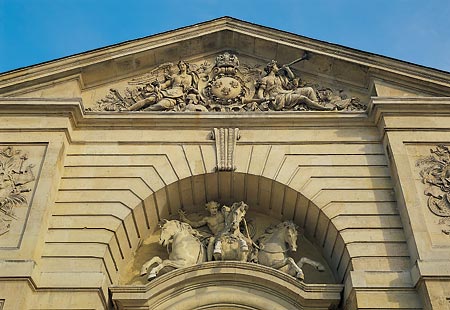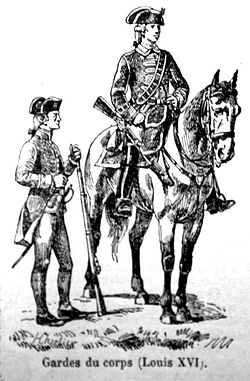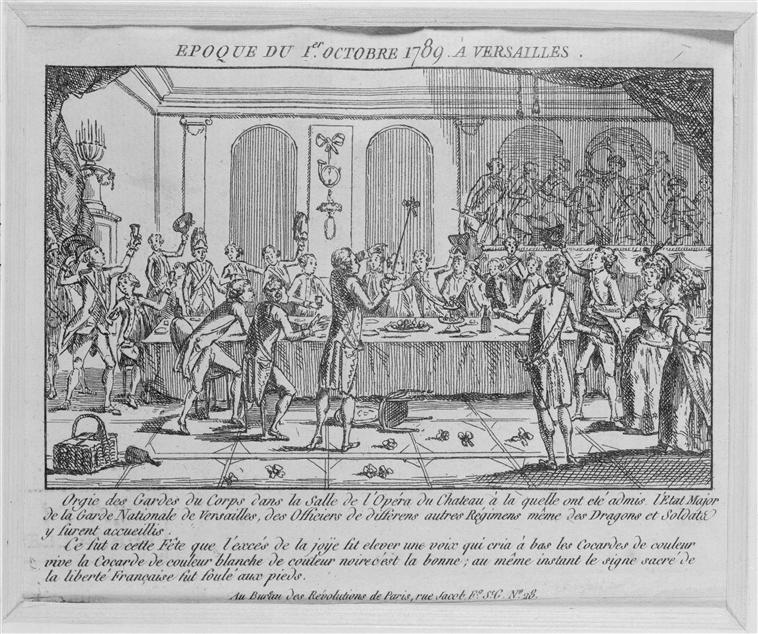During the beginning of the 18th century a new trend had emerged among the nobility: orgies. Normally these sorts of things happen in privacy but one particular orgy took place a very public place and caused quite a scandal. During a night in the heat of August 1722 an orgy took place right under-neat the windows of the 12-year old Louis XV! Among those who were identified as participating was the Marquis de Meuse, the Duc de Boufflers, the Marquis d'Alincourt, the Duchesse de Ratz and the captain of the royal guard.
At Versailles no news travelled slowly and this was certainly not the case in this situation. Soon the windows were filled with scandalized courtiers struggling to get a good view at the spectacle and even people of the town Versailles watched on in the distance. Whether Louis XV himself actually saw what was going on is a mystery. Soon afterwards the news hit Paris to the great entertainment of nobility and commoners alike.
The more pious members of the court had a hard time seeing the amusing amidst it all. These included the Marèhal de Boufflers and his wife. They ordered their son - the Duc de Boufflers - who had participated in the orgy to repent in front of them, crucifix in hand. Following a meeting between the Duc d'Orlèans (who was Regent), Cardinal Dubois, Marèchal de Villars and the Duc de Bourbon the leading men of the Regency had different opinions on how to handle the case. The Regent was in favour of harsh punishments to make an example that this was not to be tolerated. However, Cardinal Dubois believed that occasionally a state could benefit from people who had less moral scruples to get a good working government afoot. Therefore he argued that they should simply let it pass. In the end these were the punishments:
The Marquis de Meuse was conveniently shipped away to his regiment with a
lettre de cachet. The Duchesse de Ratz was sent away as was the Marquis d'Alincourt who was exiled to his country estate Joigny. Another was sent to the Bastille for a time but the punishment of the Duc de Boufflers was left in the hands of his parents which must have been punishment enough..
It is interesting to note that the Marèchal de Villars - whose granddaughter was the Duchesse de Ratz - merely speaks of it as the spirit of the times but does not mention the involvement of his granddaughter.









%20Gardes%20Suisses%201789.jpg)

,_Reggia_di_Venaria_(from_Castle_of_Racconigi).jpg)